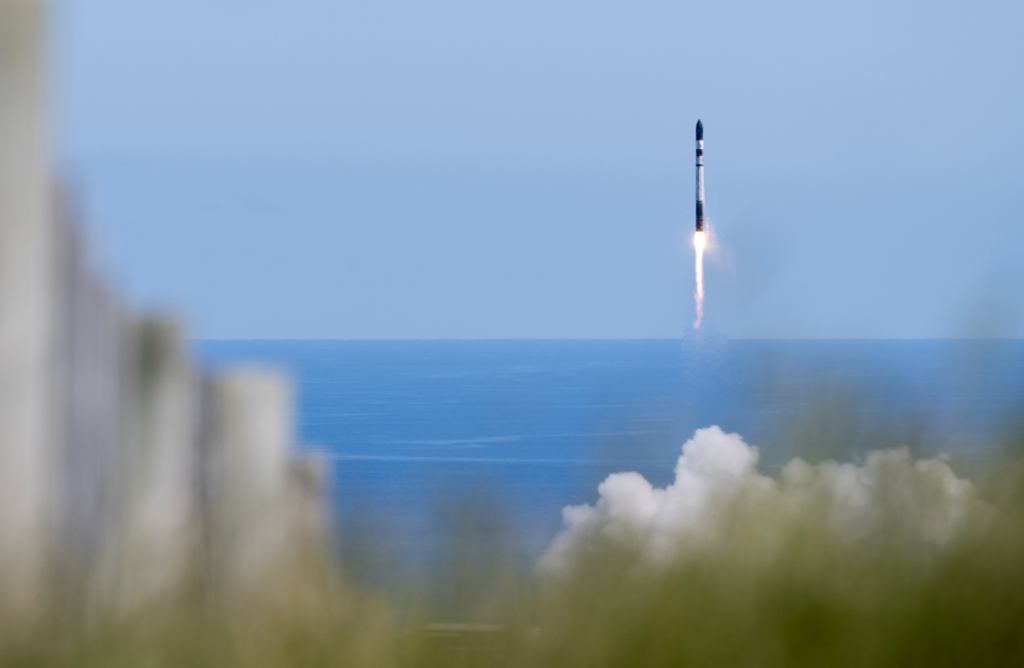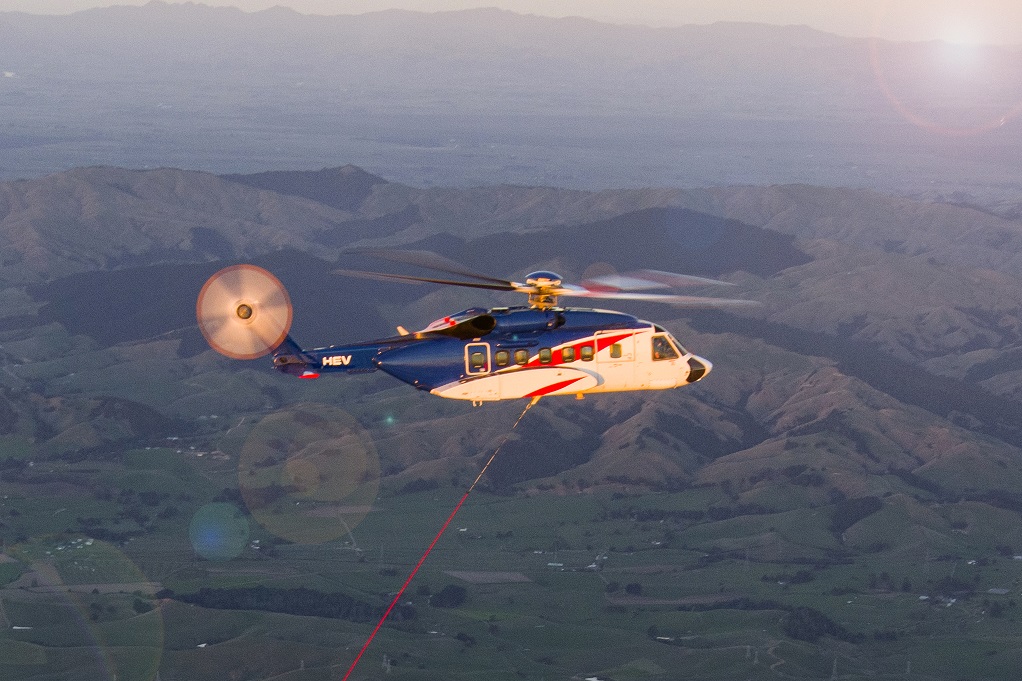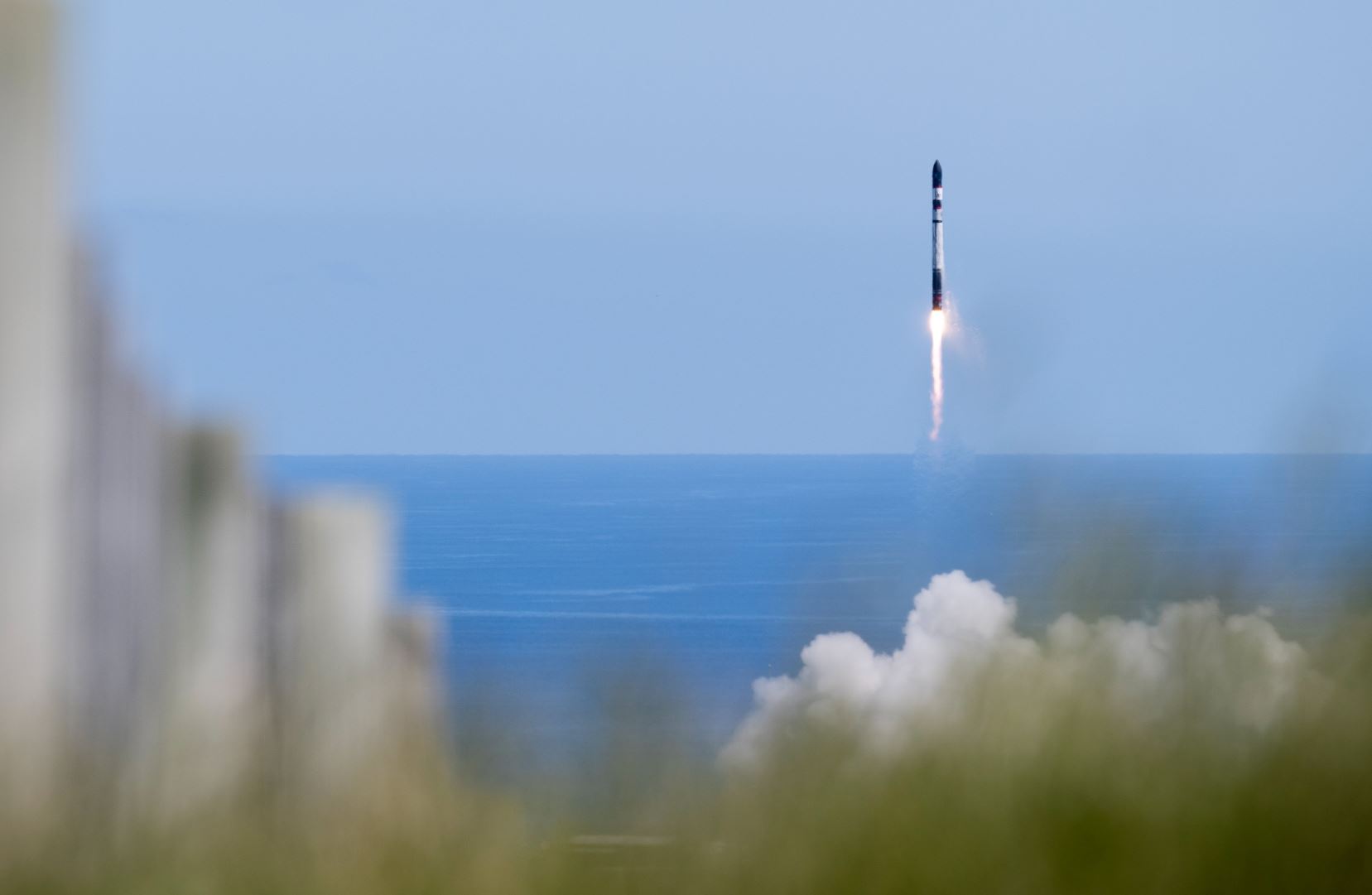
Rocket Lab Has A Busy Launch Schedule Ahead Of Them
The space industry is getting filled with many different companies every day. This not only includes different organizations attempting to provide launch services but unique satellites and other payloads intended for space. Whether it’s headed to low Earth orbit, or a different planet, the demand for a ride to space is growing fast with no plan to slow down anytime soon.
A great example of this is the frequent launches Rocket Lab announces with different companies around the world. Very recently Rocket Lab announced they are going to be launching three demonstration satellites for E-Space in quarter 2 of this year. This launch joins the ever-growing list of launches and plans Rocket Lab has including Neutron, and the first booster catch attempt only days away.
One of the reasons Rocket Lab has had so much success in recent years is the impressive and consistent launch schedule Electron has had. Through this experience, the company has managed to not only make money but improve and work on Electron. Here I will go more in-depth into the recent launch announcement, the company E-Space, and more.
Upcoming Launches

As usual Rocket Lab has been staying busy with different missions, projects, and more. For example, only days away, the “There and Back Again” mission is expected to launch. Yesterday Rocket Lab tweeted mentioning, “After a busy week of capture testing, and while we wait for the weather to improve, we’re taking an additional day for final helicopter and recovery system optimization ahead of our first mid-air capture attempt. We’re now targeting no earlier than 2 May UTC / 3 May NZST for launch.” This is Rocket Lab’s 26th Electron launch, which will lift off from Pad A at Launch Complex 1 on New Zealand’s Māhia Peninsula within a 14-day launch window. Electron will deploy 34 payloads from commercial operators Alba Orbital, Astrix Astronautics, Aurora Propulsion Technologies, E-Space, Unseenlabs, and Swarm Technologies via global launch services provider Spaceflight Inc. The launch is expected to bring the total number of satellites launched by Electron to 146. Most importantly, however, this launch will include the first ever booster catch attempt during an actual mission. Rocket Lab will be attempting the catch with a customized Sikorsky S-92, a large twin engine helicopter typically used in offshore oil & gas transport and search and rescue operations. Catching a returning rocket stage mid-air as it returns from space is a highly complex operation that demands extreme precision. Several critical milestones must align perfectly to ensure a successful capture. As of right now, Rocket Lab is waiting on the weather to present an opportunity for the launch. One of the reasons the company is being so picky with the weather is due to the catch attempt. In a tweet posted only a few days ago, Rocket Lab pointed out that, “We don’t usually give mother nature quite so much power over launch timing, but for our first helicopter catch attempt we want to line up the best possible conditions to give us the highest chance of a successful catch. In time, we’ll narrow those bounds.” For now, we will have to wait a few days and hope the weather clears up. The success of this mission will have a big impact on the space industry and Rocket Lab’s continued operations going forward.
One more launch to look out for is getting close and features a partnership with Synspective. In early February Rocket Lab announced the launch window for a dedicated Electron mission for Japanese Earth imaging company Synspective. The 14-day launch window opens February 28th NZT and will lift off from Rocket Lab’s Launch Complex 1 in New Zealand. Originally slated to launch after Rocket Lab’s next mission for another customer, Rocket Lab has brought the Synspective mission forward in the manifest to accommodate shifts in customer timelines. ‘The Owl’s Night Continues’ is the first of three dedicated Electron missions for Synspective, with two scheduled to launch in 2022 and a third in 2023. Each mission will deploy a single StriX satellite, growing Synspective’s synthetic aperture radar (SAR) constellation developed to deliver imagery that can detect millimetre-level changes to the Earth’s surface from space, independent of weather conditions on Earth and at any time of the day or night. ‘The Owl’s Night Continues’ mission follows on from Rocket Lab’s first launch for Synspective in December 2020. That mission, named ‘The Owl’s Night Begins’, saw Rocket Lab’s Electron launch vehicle deploy the StriX-α satellite – the first spacecraft in Synspective’s planned constellation of more than 30 SAR satellites designed to collate data of metropolitan centers on a daily basis to support urban development planning, construction and infrastructure monitoring, and disaster response.
In addition to these upcoming launches, just over a month ago in late March, Rocket Lab tweeted saying, “Excited to confirm we’re launching three demonstration satellites for E-Space in Q2!” Specifically, on March 21st the company announced they will launch three demonstration satellites for E-Space, to validate the systems and technology for its satellite system. The satellites are scheduled to fly as part of a rideshare mission on Rocket Lab’s Electron launch vehicle from Launch Complex 1 Pad A on New Zealand’s Mahia Peninsula expected in the second quarter of 2022. With the recent completion of Pad B at LC-1, Rocket Lab has more opportunities with the use of both pads. This has helped the company increase missions and future plans from New Zealand. E-Space aims to reduce the launch requirements for a full constellation to months instead of years — decreasing the time it takes to scale, replenish or deliver a full system. E-Space’s system aims to allow governments and companies to own private satellite constellations that can dynamically scale in capabilities, with applications ranging from secure communications to managing remote infrastructure, while maintaining a high level of security, flexibility, and resiliency.
“Our first satellites will provide a demonstration and test platform for our new sustainable satellite system,” said Greg Wyler, founder and CEO of E-Space. “E-Space will increase the speed for constellation delivery from years to months, allowing new opportunities for more people to access space-based platforms. With the help of Rocket Lab, we are excited to be bringing these satellites into orbit in record time.” “We’re excited to partner with E-Space on their first mission,” said Rocket Lab founder and CEO, Peter Beck. “Innovation is the key to success in space, and E-Space’s commitment to reducing the time it takes to create a constellation or satellites, while maintaining affordability and accessibility falls in line with our own values at Rocket Lab, as we have done with Electron, the leading small launch vehicle. We wish them enormous success in their mission with us.”
E-Space

Now that we know more about the upcoming launch and Rocket Lab’s involvement, we can take a closer look at E-Space. E-Space is attempting to democratize space with a mesh network of secure multi-application satellites that empowers businesses and governments to access the power of space to solve problems on Earth. Founded by industry pioneer, Greg Wyler, E-Space provides satellite constellation deployments with higher capabilities and lower cost to enable a new generation of services and applications, from 5G communications to command and control systems. The company puts sustainability at the forefront, with a purposeful design that minimizes and reduces debris and destruction while preserving access to space for future generations. Relating to the upcoming launch, the E-Space system has been designed with sustainability at the heart of its architecture. The satellites have small cross-sections, to decrease the risk of collision from the millions of untrackable space objects, and will automatically de-orbit if any systems malfunction. Eventually, the satellites will sacrificially capture and deorbit small debris to burn up on re-entry, setting a new standard in space environmental management. “E-Space is pursuing a transformational idea to open up space for all while putting sustainability first,” said Peter Beck, Rocket Lab Founder and CEO. “Rocket Lab shares this mission to help society and businesses responsibly embrace space-based applications through innovation. Electron was created to enable frequent and cost-effective access to orbit for missions like this — ultimately allowing our customers to innovate and harness the power of space to improve wellbeing on Earth.” Following a successful launch and commissioning of the demonstration satellites, E-Space expects to have one more test launch before its first commercial satellites are deployed.
Conclusion
Over the past few years and especially in recent months, we have watched Rocket Lab ramp up its progress. This not only includes different projects but also missions with Electron. Right now is a great example as many different missions are getting announced left and right. Here I only mentioned a few that we should look out for in the coming days and months. We will have to wait and see how it progresses and the impact it has on the space industry.
